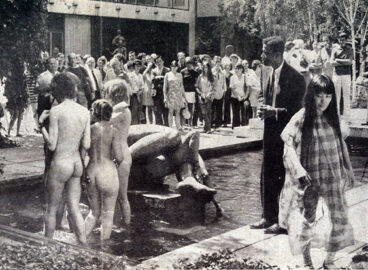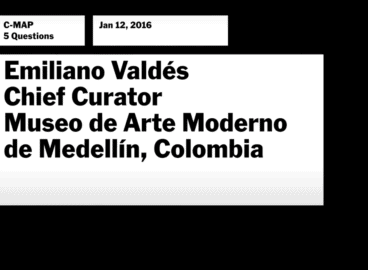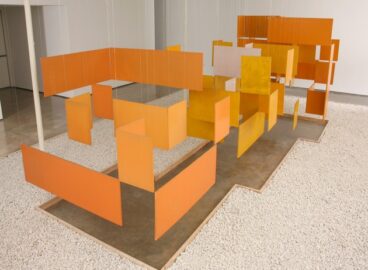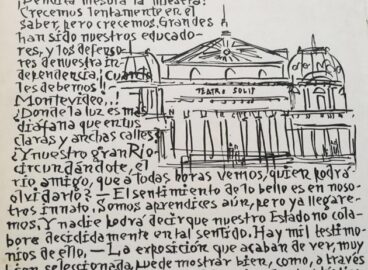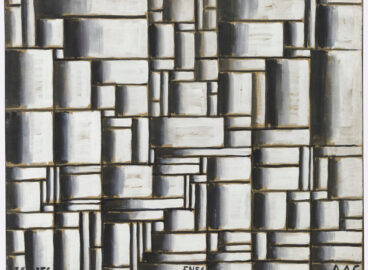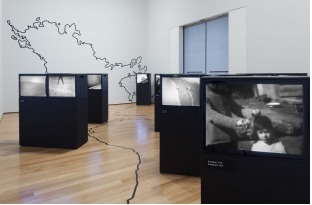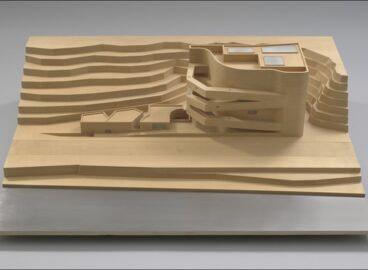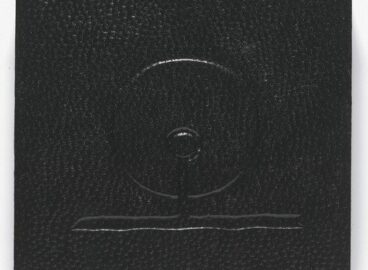Messing with MoMA: Critical Interventions at the Museum of Modern Art, 1939–Now
In this essay, Jennifer Tobias, Reader Services Librarian, MoMA Library looks at the history of MoMA through the direct engagement of the artist. This research was presented in her exhibition Messing With MoMA: Critical Interventions at the Museum of Modern Art, 1939–Now (July 1–November 29, 2015), which documented seven decades of interventions by artists, the general public,…
